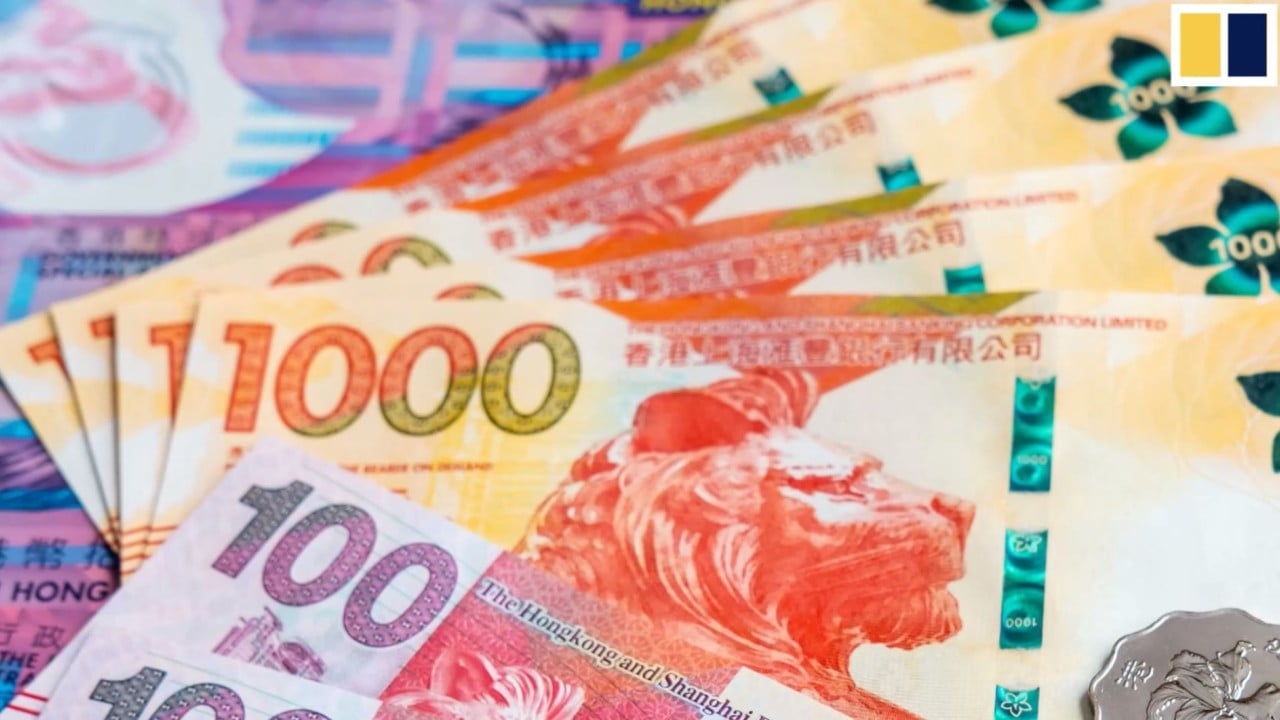
Hong Kong dollar peg’s strength shines through in Ackman hedging short play
- High-profile investors’ long record of failed attempts to break the Hong Kong dollar peg speaks to the strength of the architecture underpinning the scheme
- Speculators might believe it is no longer fit for purpose, but their efforts are in vain unless they can outspend and outlast the HKMA
“We have a large notional short position against the Hong Kong dollar through the ownership of put options,” Ackman wrote on Twitter on November 24. “The peg no longer makes sense for Hong Kong and it is only a matter of time before it breaks.”
But no one has yet succeeded in this regard. This lack of success arguably derives from a failure to grasp how robust the architecture that underpins Hong Kong’s currency arrangement, the linked exchange rate system (LERS), is.
But the LERS is not just a peg. It’s more complicated than that. Hong Kong hasn’t just said that HK$7.75 to HK$7.85 is the range within which the Hong Kong dollar will trade versus the US dollar and that the HKMA will take on anyone who seeks to break it out of that convertibility zone. Hong Kong has also consciously decided its own monetary policy will mirror that of the United States.
That doesn’t mean to say the ebb and flow of market sentiment cannot propel the Hong Kong dollar to the extremities of the convertibility zone. When that happens, though, the HKMA steps in, and it has plenty of firepower. That firepower should not be underestimated by speculators.
In practical terms, in a circumstance where the Hong Kong dollar falls to HK$7.85 to the US dollar, the HKMA draws down on those reserves and buys Hong Kong dollars from the banks. In the process, that reduces the size of a critical component of Hong Kong’s monetary base. That critical component is the aggregate balance, which is defined on the HKMA’s website as “the sum of the balances in the clearing accounts maintained by the banks with the HKMA for settling interbank payments and payments between banks and the HKMA”.
A shrinking aggregate balance translates into higher local market interest rates as Hong Kong dollars effectively become scarcer. This in turn makes it less attractive, and more expensive, to short the Hong Kong dollar against the US dollar and results in the exchange rate edging away from the HK$7.85 level.
That’s how the system works. While the instrument through which the exchange rate rebalances is the move in local interest rates caused by changes in the aggregate balance, though, it’s the vast size of Hong Kong’s foreign reserves that can be deployed that is critical at the HK$7.85 side of the convertibility zone.
Why betting against the Hong Kong dollar peg is a fool’s errand
If Pershing’s strategy plays out, it wins big. If it loses, its losses are limited. That’s a wise strategy because the odds are always stacked against those who bet against the Hong Kong dollar.
Neal Kimberley is a commentator on macroeconomics and financial markets


